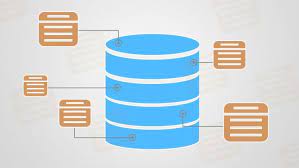- A db.InitiateIndex()
- B db.ensureIndex()
- C db.initateIndex()
- D All the Options
Answer:
B
db.ensureIndex()
 MongoDB
MongoDB